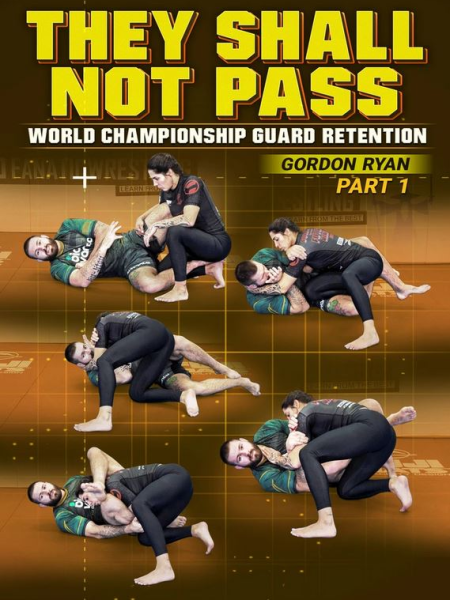Your cart is currently empty!
The Body Lock Pass by Lachlan Giles
Lachlan Giles’s guide to the body lock pass. This course covers the fundamentals and advanced details of the body lock, teaching you how to use it to pass a wide range of guards.
Description
The Body Lock Pass
A high-efficiency passing system built around the body lock—designed to break grips, control posture, and systematically pass even the most resilient guards.
Course Overview
Lachlan Giles presents a precise and tactical guard-passing blueprint focused on the underutilized body-lock position. You’ll learn how to secure the body lock, neutralize frames, and chain through sweeping and passing sequences—all within a flow-based framework that’s responsive to live resistance and grip-heavy defenses.
What You’ll Learn
- Body Lock Fundamentals
Ideal grip setups: belt, waist, and armpit connections
Position placement: chest-to-back compactness, hip alignment, and head positioning
Movement patterns for walk-through passes, pivots, and frame-breaking - Guard Frame Neutralization
Methods to clear knee-shields and shin barriers using leverage and angle
Pummeling tactics to compromise posture and control grips
Using hip pressure and angles to collapse obstructive frameworks - Passing Sequences
Progressive pass chains: walk-around → cross-step → knee-cut adaptations
Dynamic transitions into side control, knee-on-belly, or scarf-hold positions
Pressure-feeder model: maintain contact for continuous top control - Flow Drills & Live Adaptation
Partner drills to build rhythmic body-lock passing under pressure
Sparring-style flow exercises for realistic grip and resistance challenges
Coaching patterns to pivot between pass types seamlessly
Who This Course Is For
Ideal for practitioners who:
• Want to master a simple and controllable guard-passing base
• Prefer pressure and structure over athleticism-dependent techniques
• Train both gi and no-gi and need versatile pass options under grip control
• Appreciate rationale and flow in their passing game—not just isolated drills
✅ Key Benefits
- Compact & Effective System
Fine-tuned for pressure-dependent passing with minimal wasted motion. - Drill-Ready Structure
Designed for smooth integration into partner routines and live rolling. - Top-Control Orientation
Anchors heavy forward pressure to keep opponents defensive. - Skill-Based Simplicity
Requires technique and timing—not strength—to execute reliably.
Additional information
| Category | Guard Passing |
|---|---|
| Author | Lachlan Giles |






Reviews
There are no reviews yet.